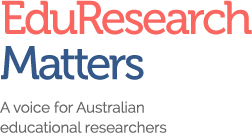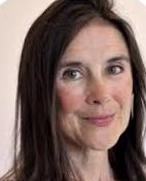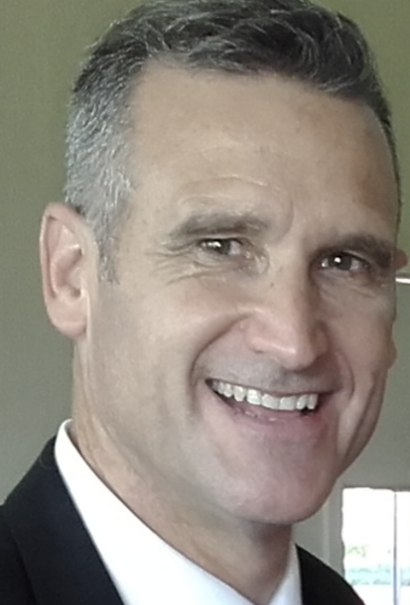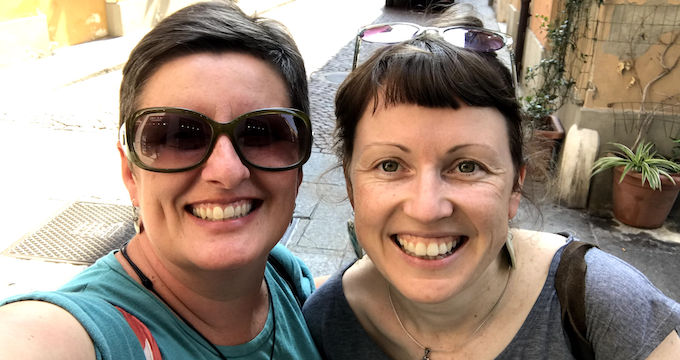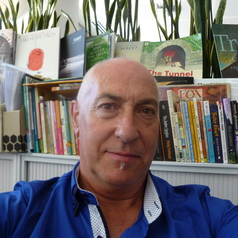Last week John Cole noted here that the current Highly Accomplished and Lead teachers (HALT) certification process is complex and demanding. Now Jill Willis and Leanne Crosswell discuss the support needed for Highly Accomplished and Lead teachers to tell their stories of impact
The rapid responses of teachers to continual changes in schools is evidence of teacher expertise. Every parent and grandparent knows and can tell a story about the positive impact of excellent teachers. Yet it can be challenging for teachers to represent their impact and expertise to others, especially if they are applying to be recognised as a certified Highly Accomplished and Lead teacher.
Making it easier for exceptional teachers who are masters of engaging students and igniting learning, to represent their evidence of impact was a focus of a recent study.
Highly Accomplished and Lead teachers from Independent Schools Queensland worked with researchers from the Queensland University of Technology to refine how they represented their widespread positive impact on students, colleagues and schools.
HALT certification relies on teachers presenting a portfolio of evidence, a valid way to represent the breadth of their broad and accomplished teaching. These exceptional teachers can readily identify evidence from their existing quality practices occurring in their day-to-day work.
Yet demonstrating impact in a portfolio is challenging as it is an unfamiliar writing genre for teachers. Teachers can be too busy doing the great work to spend time writing about it. The type of evidence for a play-based intervention in prep is not the same type of evidence for a digital formative assessment initiative in senior school. These stories of impact are as diverse as the geographic, social and cultural contexts of Australian classrooms.
As John Cole notes in a recent AARE post, the current HALT certification process is complex and demanding. Teachers believe there needs to be widespread change in the ways that their professional expertise is recognised, so the effort of applying for certification is rewarded in tangible ways.
One way to support teachers to apply for certification has been to reframe the process as a supported professional learning approach. Independent Schools Queensland support the HALT certification process as an ongoing cycle of professional learning with regular workshops with other aspiring HALTs, school-based mentors and networking opportunities.
Our research previously showed that ISQ’s professional learning approach to national accreditation had positive ripple effects for involved teachers, their colleagues and schools. The process was reported as professionally rewarding and renewing for these experienced teachers.
You don’t realise how valuable the standards are until you start actually measuring yourself against them or looking to improve in particular areas and then you realise, oh, this is actually a really beneficial thing to consider during your daily practice or yearly practice as a teacher.
(Teacher J)
My school was really supportive and they kept offering me opportunities to be involved in different things. So for me, it was a really positive experience…I met with my mentor every fortnight and she’s my direct supervisor and the head of the junior school. You don’t normally get that much time and attention from somebody who’s so busy and in charge of everything, so that was really good (Teacher K)
When school leaders encouraged groups of teaches to apply, or supported HALTs in tangible ways, it had a wide-spread positive impact throughout the school. Leaders reported that HALTs changed the conversations in school staffrooms, supported peer mentoring and connected teachers to broader school visions. HALTs were working as middle leaders initiating successful programs and peer learning for colleagues, mentoring new teachers, and leading in community and professional associations.
However, HALTs found one of the most challenging aspect of applying for certification to be how to write about their impact and evidence for others.
In the follow up research common features and principles were shared with applicants, to see if this support took some of the stress out of the application process. By analysing successful HALT portfolios, the research team identified some of the commonly used features in effectively telling stories of impact. The QUT team piloted sharing the principles in a workshop with applicants and sought their feedback after they were certified to find out what was most helpful. Emerging principles were validated against the literature and through feedback from assessors.
Firstly, it helped applicants to be aware of the four genres of stories of impact that commonly featured across portfolios. Personal stories were often about growth in knowledge and skill and may have started from a dilemma of practice. Action planning stories of impact were inquiries situated within practice or a team. Project management stories of evidence reflected delegated projects, while advocacy stories represented how teacher championed new initiatives or a specialisation within and beyond the school. While there will be other genres that are equally effective in telling an evidence story, having these as a starting point helped applicant teachers decide how to structure evidence clearly. (Left, figure 1: Four genres of evidence stories in portfolios)
Secondly, professional learning about the how to make claims with evidence was highly valued by the applicants. Within the portfolio, easy to read stories of impact had some shared features. They made it easy for another person to see the decisions and actions of the expert teacher. Some of the key features of quality stories of evidence were summarised in figure 2.
Some of the stress of writing about quality practice can be addressed through professional learning resources. Teachers should be supported to create evidence stories that celebrate the diversity of schools and learners, as understanding how to effectively represent professional stories of impact is still an emerging skill set within the profession.
How many stories of impact are needed for certification is another question worth asking. We need to pay closer attention to the national certification picture and learn from the experiences of teachers and systems.
Certifying bodies such as Independent Schools Queensland, the ACT Teacher Quality Institute are already working with HALTs to tailor the process to be a supportive professional learning opportunity. There is potential for HALT certification to be both a recognition for the individual teacher, and a funded, strategic priority enabling the systemic and collective capacity building of teachers’ practices in their local contexts.
The nation’s Highly Accomplished and Lead Teachers are an untapped resource with huge potential to lead school and system improvement. Nationally there is more that can be done to find ways to support our expert teachers to be recognised.
A streamlined, and refined certification process is possible if we do as we ask our HALTs to do – reflect on and learn from the evidence.
We acknowledge that this research was conducted on the lands of the Turrbal and Yugara people. It was funded by Independent Schools Queensland, supported by Suzanne Jessen, Jo Wise and Anjulee Singh and the 2019 – 2020 Highly Accomplished and Lead Teacher applicants. The research team included Dr Rebecca Spooner-Lane, Dr Andrew Gibson and Dr Peter Churchward.

Dr Jill Willis is a researcher in educational assessment and evaluation in the Faculty of Creative Industries, Education, and Social Justice and the Centre for Inclusive Education at Queensland University of Technology, in Brisbane, Australia. She specialises in educational assessment and evaluation to understand how reflexive self-assessment informs personal agency and system change. She is chief investigator in current Linkage projects Thriving in Vertical Schools and Accessible Assessment. She tweets @DrJillWillis

Dr Leanne Crosswell is a researcher in the fields of mentoring and teacher resilience in the Faculty of Creative Industries, Education, and Social Justice at Queensland University of Technology, in Brisbane, Australia. Her research explores how professional learning including professional reflexivity, shapes teacher identity, resilience and agency. Recent publications include, Quality Assuring Teachers for Resilience and Wellbeing.

